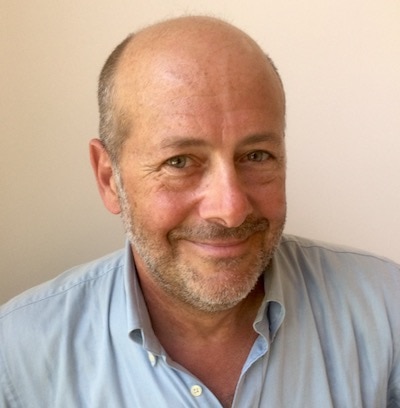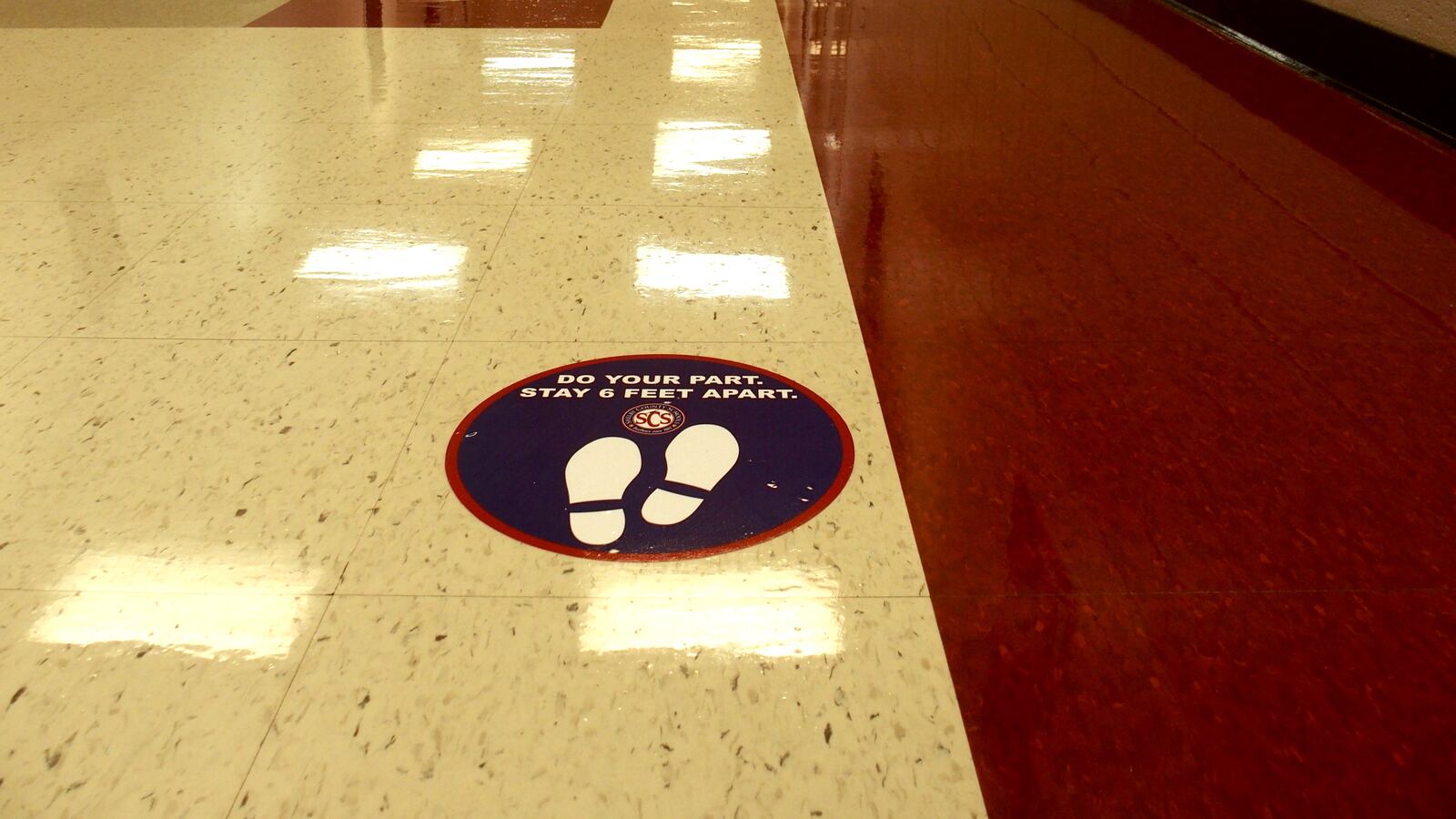A friend asked me, “How’s school?”
My heart answered, unrehearsed: “Dire, surreal, and joyful.”
“Dire,” my friend repeated. “That’s not good.”
It’s really not. But when your high school re-opens and a scant 50 out of the 1,200 enrolled students return, that’s dire. That’s 4% of students. And this is not just my high school; it was similar this semester across Los Angeles Unified School District high schools overall and to some degree nationwide.

If you threw a party and 4% of invitees showed up, it might make you wonder, “Am I popular?” This is a question that does come up in high school.
Well, let’s give the district and my school and our country an extension until the fall when we will have had an opportunity to apply what we have learned. Which is, first of all, that the vast majority of students and families have said “thanks, but I’m good” to Zoom-in-a-room. This is when you just keep on teaching online classes, but with a few kids who have come back to school there in the room with you, everyone plugged into a different online class.
That is the surreal part. If you are wondering, is it strange to be holding forth on the elements of literary style to a couple of dozen muted rectangles on Zoom, while inside your sunshine-filled classroom, three students occasionally mutter at their screens? Why, yes — yes it is.
It’s very strange to feel the old familiar teacherly irritation about students talking when you’re talking or their being unexpectedly out of their seats. For a moment, you consider wielding your arsenal of what-is-he-doing mind-control techniques to make them simmer down — gazing impassively out the window, say, or cueing up a track on a bebop record you have reserved for exactly such an occasion — only to realize that wielding anything but love on the kids who actually show up at school would be a cruel joke. How pitiful is the host who is mean to the few steadfastly loyal party guests?
Then, there’s the issue of being on a campus built to serve 1,600 students, but only 50 of them are there. It would be a great time to stage some Beckett one-acts if only there were just a couple more students. Instead, the almost-emptiness of the hallways and quad and stairs really brings the pandemic home. On an almost but not quite empty campus, loss is palpable.
Where are the piggyback rides? Where are the mismatched socks? The platform hi-tops? The T-shirts for bands you never heard of? Their absence is so stunning you have to remember to breathe.
In fact, an ample portion of this year’s professional development, typically hit or miss in terms of relevance, has been appropriately focused on reminding teachers to breathe. In through the nose, out through the mouth. Hold the in-breath. Let it go. Hold the out-breath. Let it, too, go. I find it helpful advice, sometimes even necessary because it is staggering to be on campus with so many people gone.
So, let’s stipulate that this has been an extremely sad time in high school teaching, as it is an extremely sad time in everything else, vaccinations and re-openings notwithstanding. It requires brute-force optimism to show up at a 95% empty campus, where the cafeteria ladies are all stationed as close as possible to the scattered huddles of humans, far beyond the cafeteria, yearning to give big bags of food away. So the food doesn’t rot.
Oh, it’s dire, all right. Fortunately, I am an extremely optimistic person, and it also helps that I often ride my bike 12 miles to school. Release the endorphins! As I ride, I can imagine my school and district and country re-imagining education because we so obviously must.
And so, if we were to get out our crayons and draw what a more inviting school might look like, everybody’s picture would look different. As an English teacher, mine would have students with a choice of culturally responsive books to read, as opposed to everybody having to read “To Kill a Mockingbird” yet again. Many of these books would have characters who have accents in their names. It is so nice to hear students pronounce the names of such characters. They claim them as their own.
My picture of a more inviting school includes students playing games. Not even learning games, just game-games. Next year, most students will either never have set foot on campus, or else it will be a distant memory from another life. We will be wise to treat school like summer camp and do fun for the sake of fun stuff to orient people towards feeling happy about being alive together.
Before school ended for the year, my classroom had three boxes of Jenga blocks my students used to build towers. Then they accidentally or not accidentally knocked their towers down. We had the bag o’ percussion with tambourine, maracas, a triangle. I also brought in a drum kit, and electric bass, both with amplifiers.
Even with three or four students, it did indeed get loud — what with the Jenga towers collapsing and the kid you had no idea could play drums rocking out to a band you never heard of. Which is how despite being dire and surreal, those final almost-empty school days had just enough joy to go on.
Mark Gozonsky teaches English at a public school in downtown Los Angeles. His essay “Gritty All Day Long” appeared in “The Best American Sports Writing 2020.” He steadfastly updates gozonsky.com.



